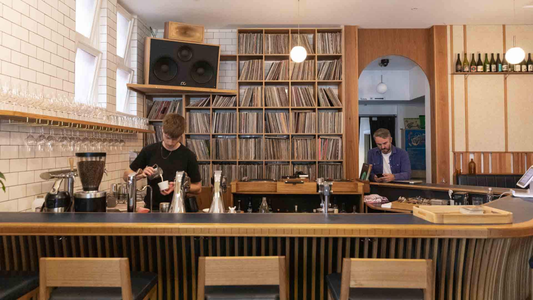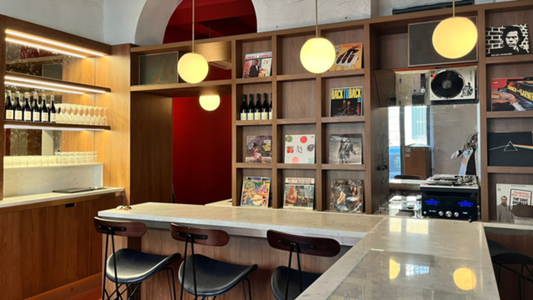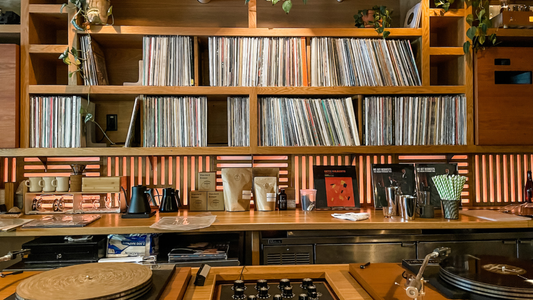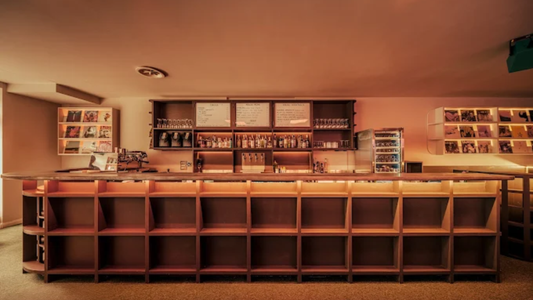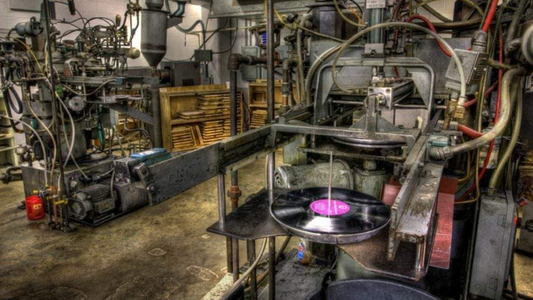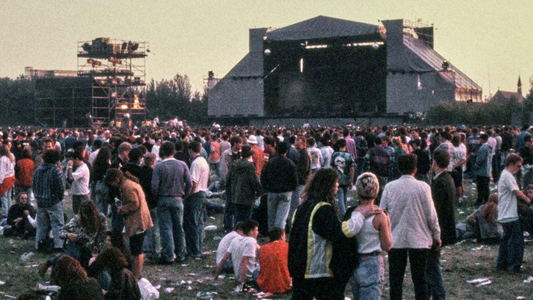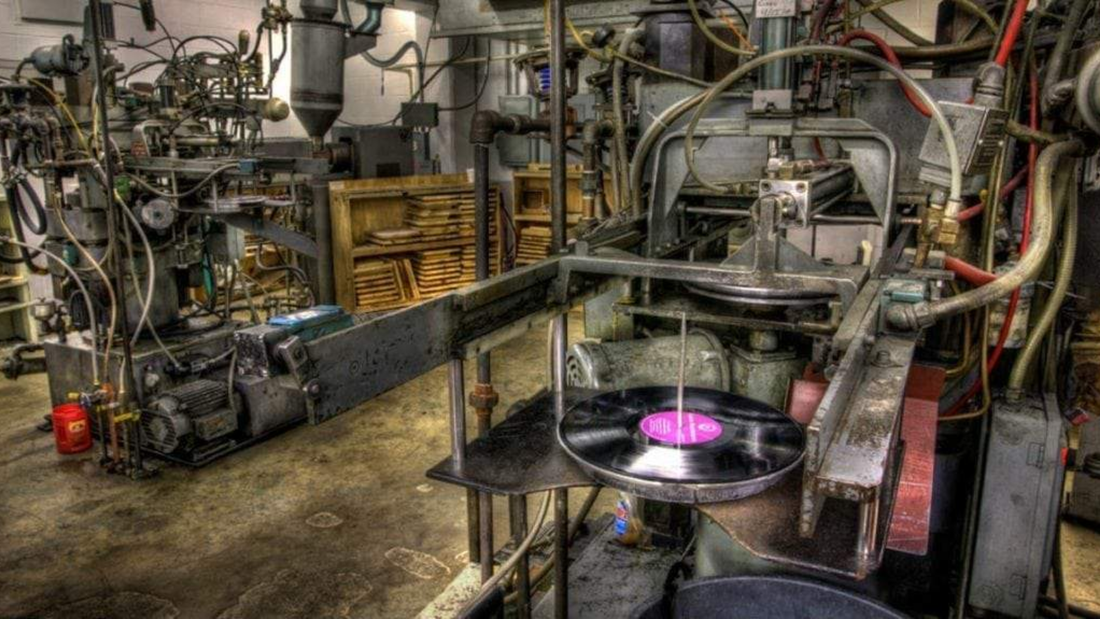
Why Albums Sound Better on Vinyl — and Why Not All Vinyl Is Equal
The Weight of the Groove
By Rafi Mercer
It’s a question that never really goes away — why does music sound better on vinyl? I’ve been circling that thought again this week, sitting at home with a few records scattered around the player. It’s an old argument, sure, but every time the stylus drops and the room fills, it becomes a reminder: digital convenience has nothing on physical presence.
It isn’t just nostalgia. Vinyl has a kind of dimensionality that no stream can fake. The soundstage opens up differently. There’s air between the notes, texture in the bass, decay in the reverb. You feel the recording, not just hear it. It’s physical — music you can touch with your ears.
But here’s the truth that many forget: not all vinyl is made the same. Some of it — let’s be honest — sounds dreadful. Thin, flat, lifeless. Modern pressings cut from compressed digital masters can leave you wondering what the fuss was about. That’s because the magic of vinyl isn’t in the format alone; it’s in the care that goes into it. The right pressing, the right mastering, the right material — that’s where the difference lives.
The Japanese understood that long before anyone else. The pressings they made through the 1970s and 80s still set a benchmark. Dead-silent surfaces. Deep, unhurried grooves. Attention to the exacting details that make a record sing. Collectors know this. You see them in the back corners of record fairs, flipping sleeves with almost monastic patience, looking for the red obi strip that signals quality. The Japanese records are heavier, quieter, and somehow more honest.
There’s a beauty in the chase, too. Hunting for those rare pressings teaches you to listen differently. You learn the labels, the matrices, the mastering engineers. You begin to recognise how a first UK pressing might sound a little rawer, a bit closer to the source, while a Japanese edition smooths the edges, perfects the presentation. Both tell a story — one of process, one of intention.
That’s what draws me to vinyl still. The work of listening. You don’t just click and consume; you choose, you handle, you commit. It’s not background sound; it’s an event. A record is a ritual in every sense — you lower the needle, you wait, you hear. You can’t scroll away from a groove.
And when it’s right — when you find a pressing that breathes — it’s like the music steps forward to meet you. I’ve heard digital systems that cost more than cars, and they’re extraordinary, but they still don’t have that moment of imperfection that makes vinyl human. The faint crackle before the track begins, the mechanical sigh as it ends. Those sounds frame the music, remind you it’s alive.
So yes, albums sound better on vinyl. But only when the vinyl itself deserves it. The good stuff — the heavy pressings, the careful masters, the records that were made to be listened to slowly — those are worth the hunt.
It’s not about format snobbery; it’s about intention. About how much love and labour can fit inside a groove.
Rafi Mercer writes about the spaces where music matters. For more stories from Tracks & Tales, subscribe here, or click here to read more.
